
Children who lived in apartments or newer buildings were also found to have an increased risk of atopic dermatitis later in life.

Children who lived in apartments or newer buildings were also found to have an increased risk of atopic dermatitis later in life.

Researchers investigated potential risk factors for the higher occurrence of asthma among individuals who have chronic rhinosinusitis with nasal polyps (CRSwNP).
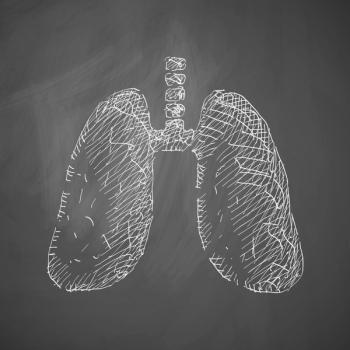
The retrospective claims database analysis looked at patients in the United States, where it is estimated that costs related to asthma are more than $80 billion annually.

Although allergic and atopic disease is well studied and researched overall, the researchers said there is a critical lack of knowledge about these conditions, including eosinophilic esophagitis, asthma, and atopic dermatitis, in diverse racial and ethnic groups.
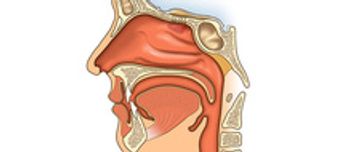
Risk factors as predictors of asthma prevalence among a cohort of patients living with chronic rhinosinusitis (CRS), as they related to age, were evaluated by clinical investigators from the College of Medicine at Korea University.

The findings come from a retrospective cohort study conducted in New Zealand, which examined the impact of a government subsidized insulation program on respiratory health.

Understanding if local prescription patterns are influenced by guidance could help policymakers understand what is needed to further encourage a shift to asthma inhalers with less of a climate impact.

Workers involved in cleaning up the 2010 Deepwater Horizon disaster, the country’s largest oil spill, were 60% more likely to be diagnosed with asthma or experience asthma symptoms 1 to 3 years afterwards, compared with those who were not involved in the cleanup.

Patients with symptoms of asthma, regardless of physiological confirmation, experienced worse vascular outcomes and greater cardiovascular risk, which may be due to short-acting beta agonist (SABA) use, according to the results of a recent study.

Allergen immunotherapy, especially given by the subcutaneous route, was shown to be cost-effective for children with house dust mite-driven allergic asthma, according to a recent study based in Portugal.

Emergency department (ED) asthma visits can be an indicator of poor housing conditions, according to results of a study done in New Haven, Connecticut.

Patients with asthma and all types of obesity, or with all types of obesity and physical inactivity, have an increased risk for limited activity of daily living, according to the results of a recent study.
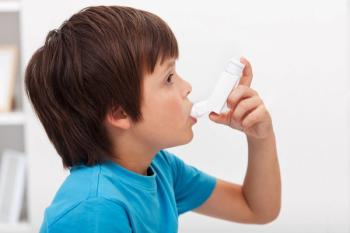
In children with allergic rhinitis, those with allergic asthma with postnasal drip (PND) coughed more overnight than children with atopic asthma without PND, according to a recent study.
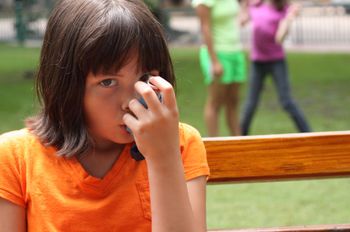
At-risk rates of asthma morbidity in children varied across census tracts in Washington, DC, and were significantly correlated with social determinants of health in each area, according to a recent study.

Providers from an asthma primary care program found telemedicine to be effective in both caring for children with asthma and addressing unmet social needs that may exacerbate their asthma outcomes.

Worse asthma control and higher body mass index (BMI) are associated with lower exercise capacity in patients with severe asthma, especially female patients, according to a recent study.

Patients with asthma hospitalized with COVID-19 in Michigan in 2020 had more severe outcomes after taking certain factors into account, according to a recent study.

Most of the children readmitted to hospitals for asthma in Australia were preschool aged.

Although approved for use among patients with severe or refractory asthma, few studies have investigated its effectiveness among patients with comorbid mild to moderate asthma and chronic rhinosinusitis with nasal polyps (CRSwNP).

Research presented at the European Academy of Allergy and Clinical Immunology Annual Congress show the safety and efficacy of dupilumab across several progressive diseases with underlying type 2 inflammation, including eosinophilic esophagitis (EoE), severe asthma, and severe chronic rhinosinusitis with nasal polyps.

Neighborhood characteristics, race, and ethnicity were found to be risk factors for developing asthma in childhood, suggesting inequities in children’s respiratory health.

Most patients taking a biologic stayed on the therapy, and most saw decreases in exacerbations, a new study has found.

Among patients with severe asthma with low eosinophils untreated with biologics, there is a high burden of disease among those who have suboptimal disease control.
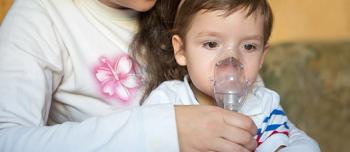
About 70% of caregivers studied reported that they preferred to use the emergency department for treatment for asthma exacerbations, indicating current education is insufficient for managing asthma at home.
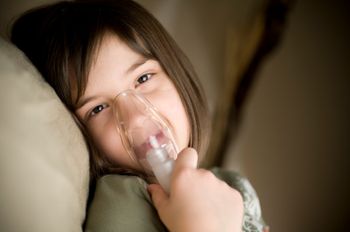
Children with severe and poorly controlled asthma generally face a greater risk of sleep-disordered breathing.

259 Prospect Plains Rd, Bldg H
Cranbury, NJ 08512
© 2025 MJH Life Sciences®
All rights reserved.
